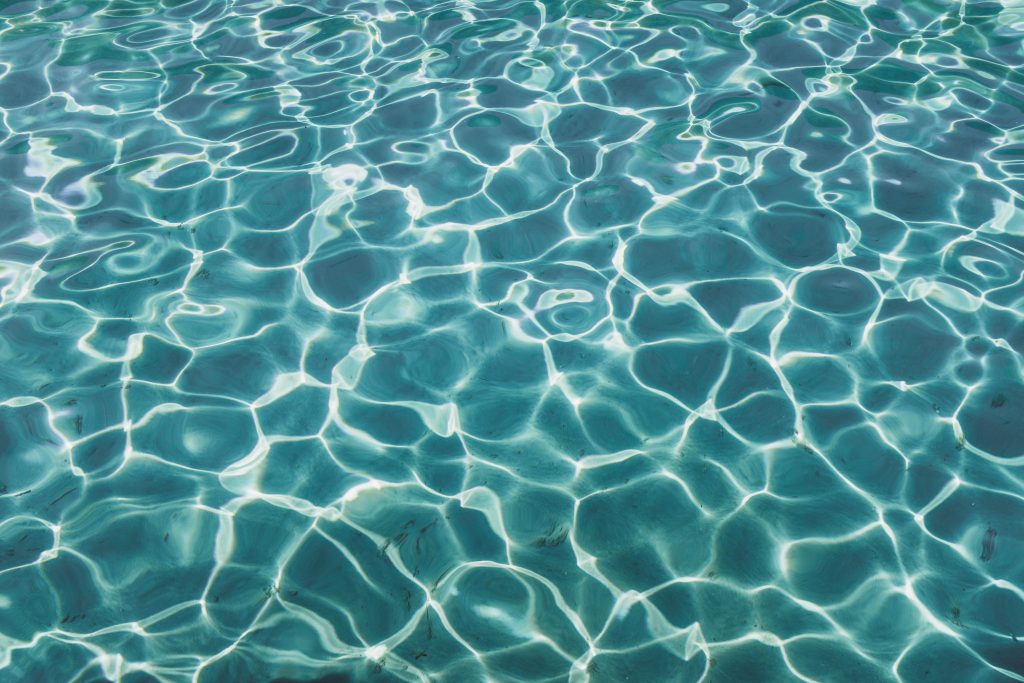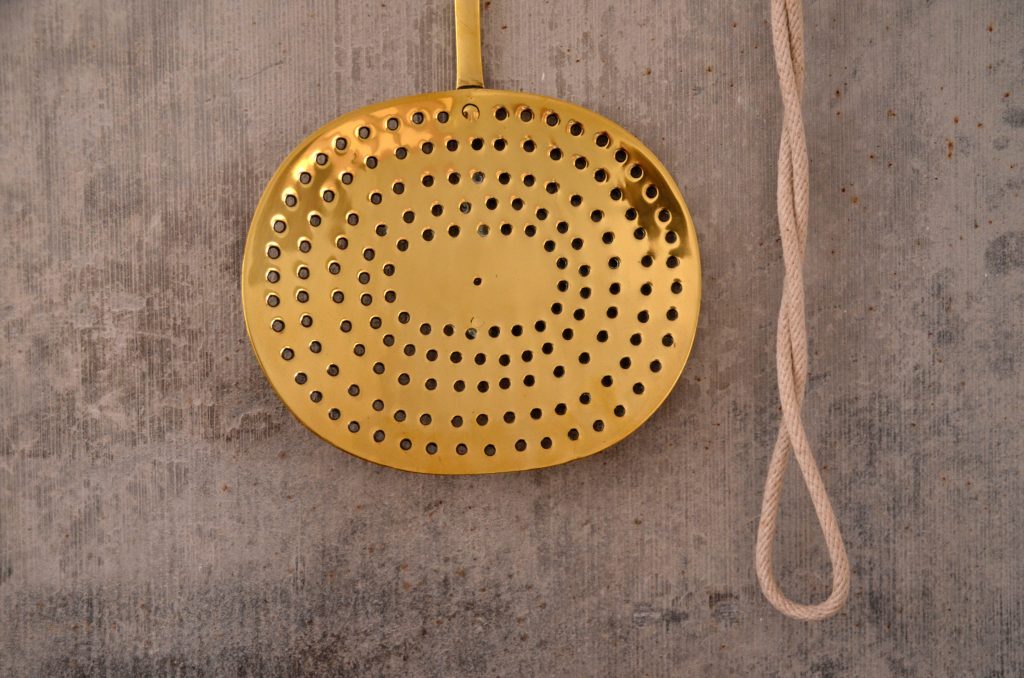If you’re looking for a reliable and effective way to get clean, filtered water for your entire household, consider installing a reverse osmosis water filtration system. This innovative system uses pressure to force tap water through a membrane with tiny holes, creating two separate streams. One stream contains all of the beneficial minerals and ions, while the other stream removes impurities and unwanted contaminants. If you live in Arizona and need assistance with installing a reverse osmosis system or any other water-related services, such as well drilling az, there are many reputable companies in the area that can help meet your needs.
But does that entirely define what a reverse osmosis water filtration system is? It certainly doesn’t. Let’s find out more about reverse osmosis water filtration systems and how they work below.
What is Reverse Osmosis Water Filtration?
A reverse osmosis water filtration system is a water purification technology that uses a semipermeable membrane and pressurized water to purify water. It removes many types of dissolved and suspended chemical and biological contaminants from contaminated water.
An effective reverse osmosis system also removes microorganisms from your water. It is important that the reverse osmosis water filtering system you choose also reduces heavy metals, salts, and total dissolved solids. This way, you can be sure to get clean, safe water for yourself and your family.
How to Install Reverse Osmosis Water Filtration System
The reverse osmosis filtration system is typically installed under the sink. It should be easily accessible because you will need to perform maintenance and clean it regularly. You can install a reverse osmosis water filtering system yourself if you have basic plumbing skills or hire an experienced plumber for this task.
You’ll need the following basic tools for effective installation of the system:
- A reverse osmosis water filtration system
- A reverse osmosis filter housing wrench
- Teflon tape or pipe dope (pipe thread sealant)
- Plumber’s putty
- Drill
- Screwdrivers
- Hack saw
Preparation Steps
- Turn off the main water valve to your house. If you’re not sure where it is located, find out before beginning this project.
- Open the faucet closest to the reverse osmosis tank. This allows air into your water lines, which can prevent damage or injury during installation.
- Shut off the cold-water supply inside the reverse osmosis system’s storage tank by turning its shutoff valve clockwise until it stops.
System Installation Steps
- Unscrew any adaptors on the reverse osmosis system’s inlet and outlet plumbing connections. If necessary, use adjustable pliers to loosen the fittings, which usually are tightened with bolts or screws. If your reverse osmosis system uses quick-connect fittings instead of threaded ones, you will not need tools to remove its water lines.
- Unscrew the reverse osmosis system’s storage tank by turning its bolts counterclockwise with a wrench until they stop. Depending on your reverse osmosis system, you might need to remove only the lid or both the lid and base of the tank to access its plumbing connections inside.
- Pull the reverse osmosis system’s water lines from their fittings on the storage tank and filtration unit to free them.
- Drill a hole under the sink where you want to install the reverse osmosis filtration system’s water line. Make this hole slightly larger than your reverse osmosis unit’s spout so that it can freely twist and turn after its installation. The free twists and turns will allow for a full range of motion if you ever need to move or adjust the reverse osmosis filtration unit under your sink.
- Connect the reverse osmosis filtration system’s water line to your home’s cold water supply pipe with a standard compression fitting. Use Teflon tape or joint sealant on the threads of each connector before joining them together, and tighten all connections as tightly as possible using channel-type pliers.
- Cut a piece of PVC piping to fit between the reverse osmosis filtration system’s water source and your home.
- Drill a hole in one end of your pipe that is large enough for the reverse osmosis unit’s spout to slide through easily — but not too big, or else you’ll risk leakage. You can also drill holes on the sides of the pipe, which will add additional filtration.
- Use a PVC solvent to cement one end of your piping into place on the reverse osmosis unit’s spout and allow it to dry overnight before continuing installation.
- Join your tubing to the drain line on the reverse osmosis unit with a coupling and tighten this connection as well. If you use PVC solvent or thread tape, allow ample time for these connections to dry overnight before turning on your reverse osmosis water filtration system.
The Water Flow Test
- Turn on your reverse osmosis system’s water supply line to refill its tank with clean, filtered water. Watch as the storage tank fills up before returning it to its mounting bracket or screwing down its lid if you had previously removed it. Close the shutoff valve that supplies reverse osmosis water to your home. You can check out our article if your reverse osmosis tank is not filling up.
- Turn on the faucet attached to the reverse osmosis system’s output line by flicking its shutoff valve handle open if it has one or opening a nearby sink tap. Watch as perfectly filtered, reverse-osmosis water runs out of the faucet and into whatever container you’ve placed beneath it.
Allow reverse osmosis water to run until the storage tank on your reverse osmosis system is empty. Then turn off its faucet or shutoff valve that supplies reverse-osmosis water to your home.
- Turn on the tap attached to standard city or well water if you’ve previously shut it off. Watch reverse-osmosis water run into the sink for a few seconds until your reverse osmosis system’s storage tank refills with non-treated city or well water. Then turn off the reverse-osmosis faucet if you have one.
- Stop up an unused active reverse-osmosis faucet or reverse-osmosis spigot if you’ve shut it off during this process.
The final step in installing your reverse osmosis water filtration system is connecting its drain line to a drain, which will remove the reverse osmosis water after filtration.
Once you’ve confirmed that water is flowing through the pipes effectively, you can proceed to clear off the working area, as this indicates a successful installation.
Final Thought
Reverse osmosis water filtration systems are great options for those looking to provide reverse osmosis water in their homes. A reverse osmosis system is easy to install on your own and will save you money on your utility bills as well. However, if you don’t have the basic plumbing skills and the time to install one, you can always use the help of professional installers.
If you’re looking for more information about reverse osmosis systems, you can also check out our reverse osmosis troubleshooting guide.














